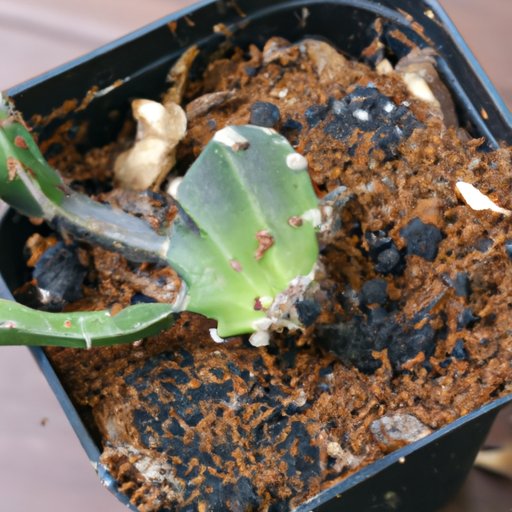Introduction
Cacti are unique, easy-to-care-for plants that can add a touch of personality to any space. From their distinctive shapes and textures to their vibrant flowers, cacti come in all sizes, colors, and forms, making them a great choice for bringing life indoors. While they may be low-maintenance, there are still some important steps to take when caring for cacti.
Choose the Right Pot and Soil
Choosing the right pot and soil is essential for keeping your cactus healthy. The pot should have at least one drainage hole in the bottom to allow excess water to escape. This will help prevent root rot, which can occur if the soil stays too wet for too long. For the soil, use a cactus-specific mix or combine potting soil with sand. If you’re growing multiple cacti together, opt for a shallow dish or other wide container to give each plant enough space to grow.
Provide Plenty of Sunlight
Cacti need plenty of bright, indirect sunlight to stay healthy. Place your cactus near an east- or west-facing window to ensure it gets the optimal amount of sunlight. If direct sunlight is unavoidable, use sheer curtains or blinds to filter out the harsh rays. If your cactus isn’t getting enough sunlight, its growth will slow down and its color will become pale.
Water Sparingly
When it comes to watering, less is more. Allow the soil to dry completely before watering again. When you do water, do so deeply but infrequently—about once every two weeks during the summer and once a month during the winter. Overwatering can cause the roots to rot, so make sure to check the soil before adding more water.
Feed Occasionally
Cacti don’t need to be fed often, but they do benefit from occasional fertilization. Use a diluted liquid fertilizer specifically formulated for cacti, and apply it every two months during the spring and summer. Avoid feeding during the winter, as this is the cactus’ dormant period.
Protect from Pests
Cacti are susceptible to pests such as mealybugs, spider mites, and aphids. Regularly inspect your plant for signs of pests, such as webbing or yellowing leaves. If you do find pests, treat the plant with insecticidal soap to eliminate them. Make sure to follow the instructions on the label carefully.
Prune Regularly
Trimming off any dead or damaged parts of the plant is important for keeping it healthy. This includes removing any dead leaves, stems, or flowers. Pruning also helps control the size of the cactus and encourages new growth.
Conclusion
Cacti are low-maintenance plants that require very specific care. To keep them healthy, choose a pot with drainage holes and fill it with cactus-specific soil or a potting mix/sand combination. Place your cactus in an area with bright, indirect sunlight and water deeply but infrequently. Feed your cactus occasionally with a diluted liquid fertilizer, inspect regularly for pests, and trim off dead or damaged parts. With proper care, your cactus will thrive and bring life to your home.


